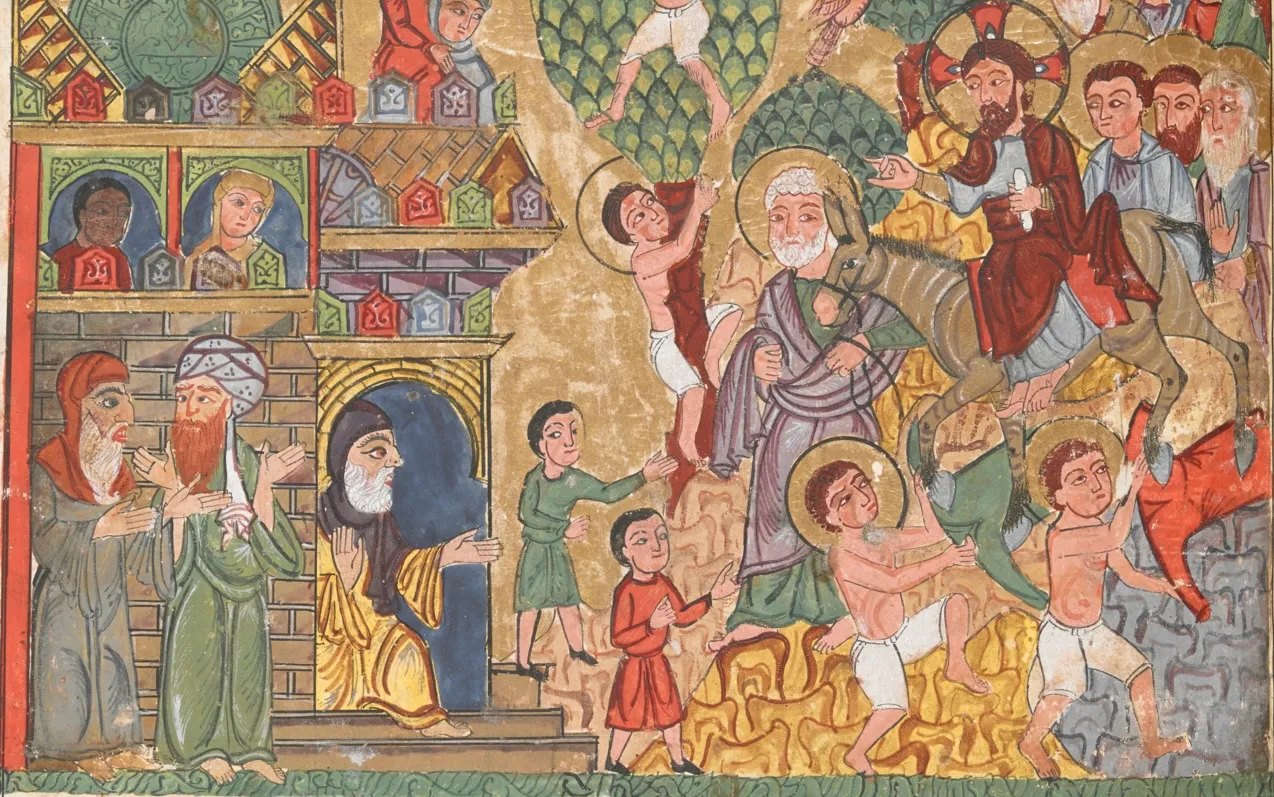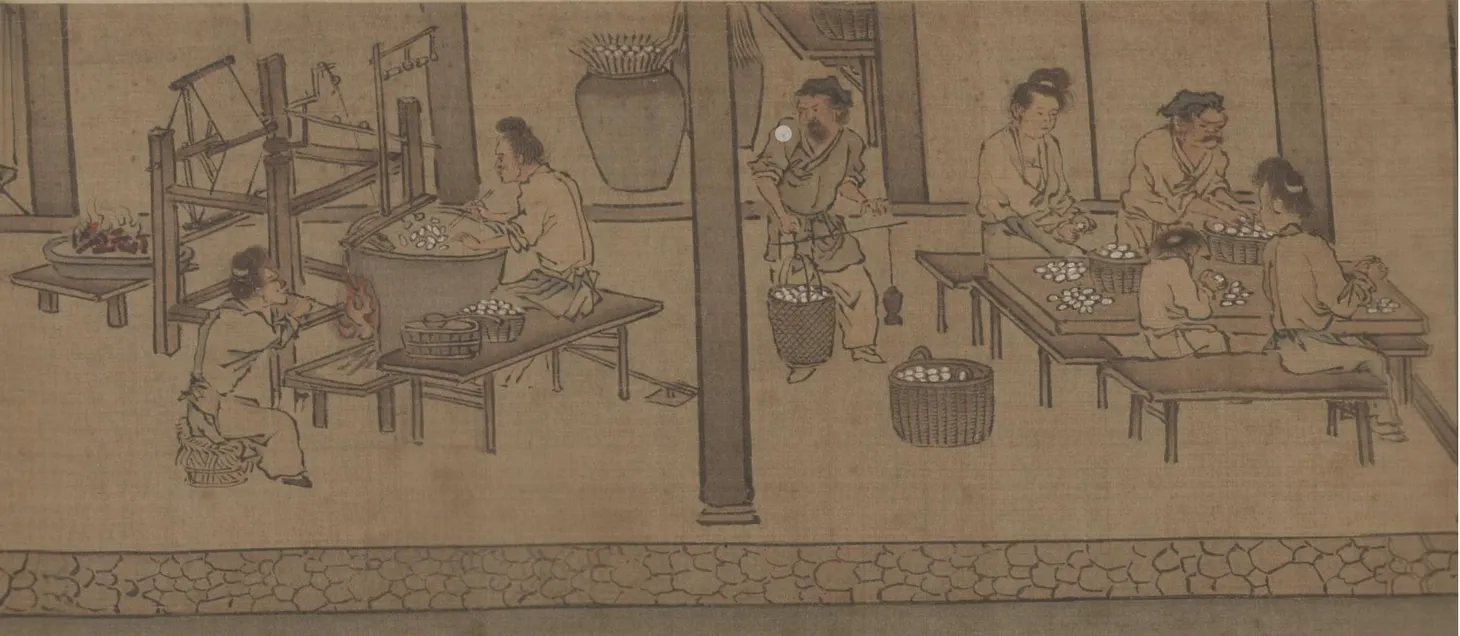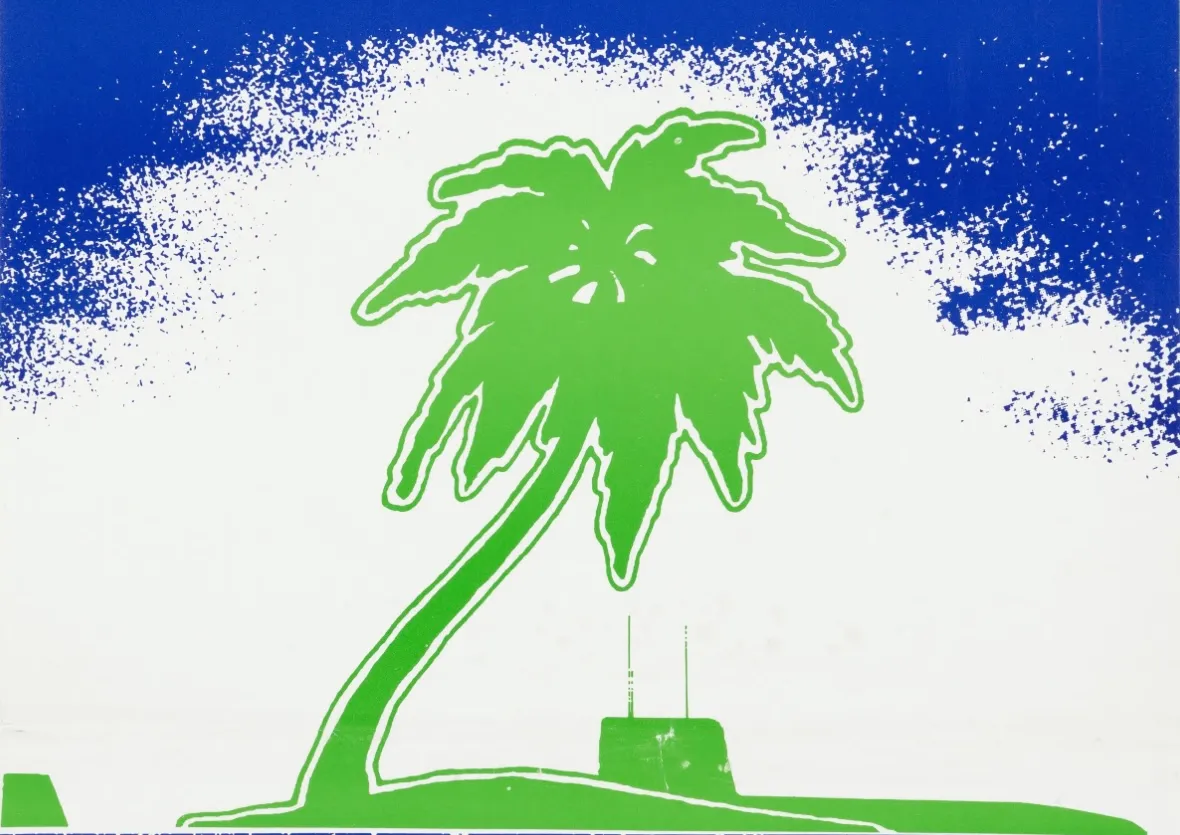“Strengthening the Economic and Social Stability of the Region”: Teaching Regional Trade Agreements and Southeast Asia
Discussion of teaching regional trade agreements
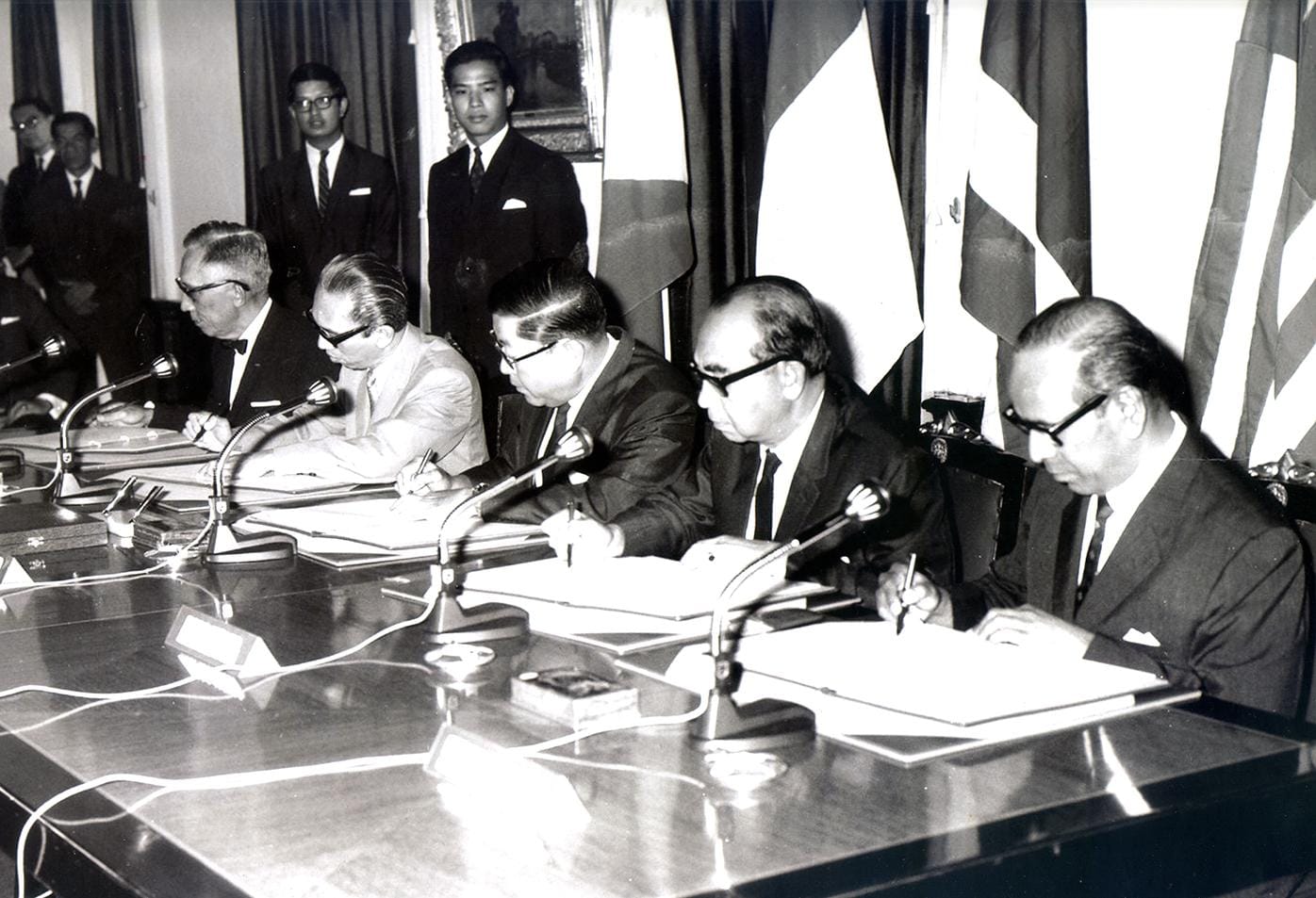
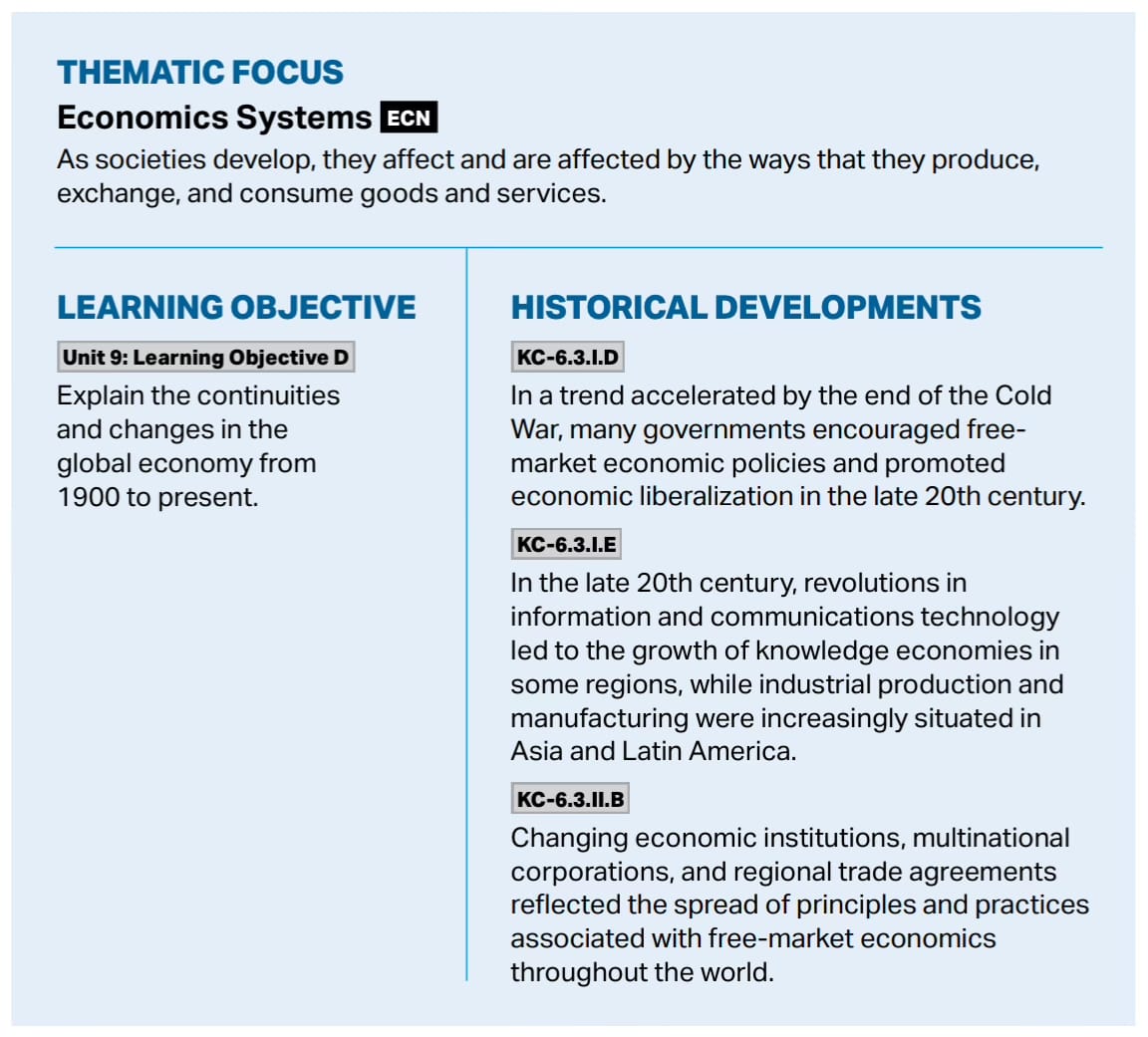
Over the last two years, I’ve spent a lot of time traveling across Southeast Asia. Everywhere I went, I kept seeing billboards and banners for the Association of Southeast Asian Nations (ASEAN). It made me think about how I taught the spread of regional trade agreements and economic liberalization in the late twentieth century. I often started with the European Union/European Economic Community and described how the trend spread worldwide. But why do we have to approach this development in a Eurocentric manner? Why not start in Southeast Asia? Southeast Asian states agreed to their first regional just four years after the creation of the European Economic Community.
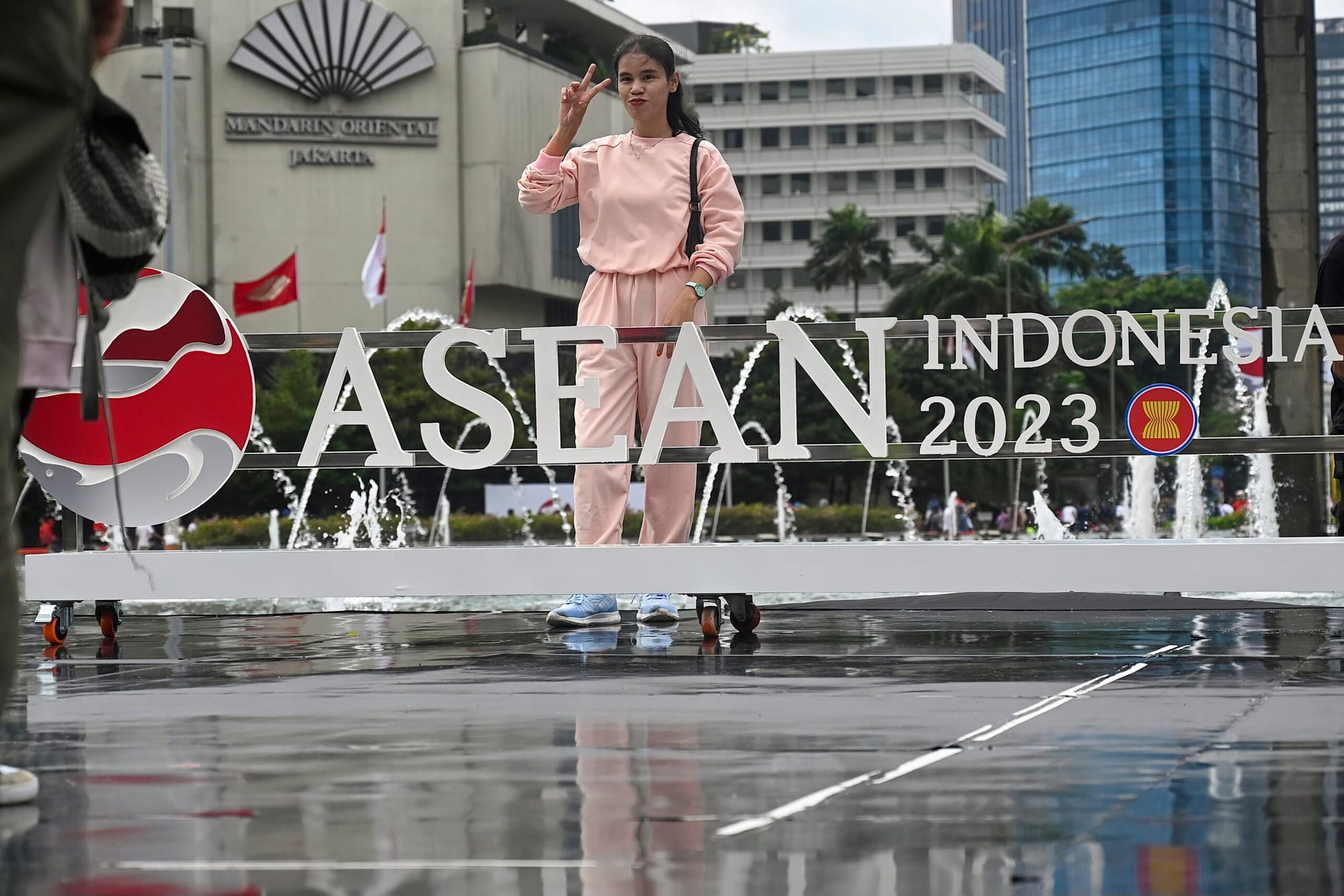
The Source
This Content is for Subscribers on the Buy Me Lunch and Buy Me Dinner tiers
SubscribeAlready have an account? Log in

